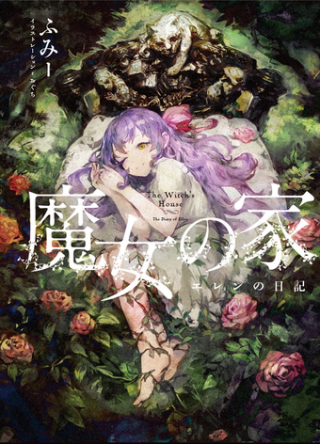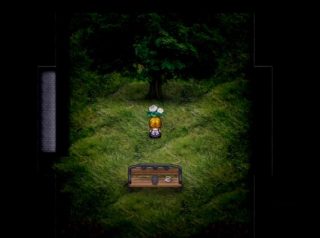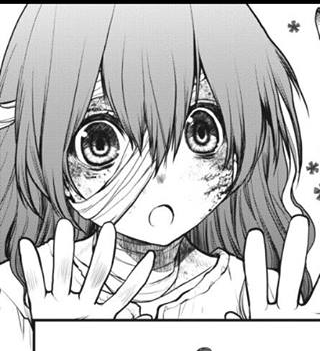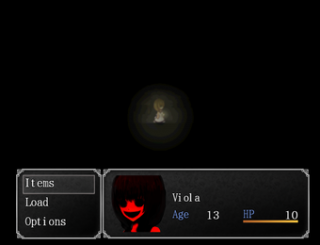… Do you want to know the truth?
We had very little desire, after our long period of absence, to return to the Ludi Tarantula Archives, especially for of Back To The Future.
I, PaoGun speak mostly regarding my case. We had reached such crucial points in the demo that I was nervous about stopping everything suddenly to “talk about other titles”: I thought, “ man, I would really like to continue working on producing the story of our game! ”.
However, in the last few days something has happened that reminded us that by writing these articles we are not just “talking about games”. History of the product, history of horror rpgs, what we tell on this site are stories in this column we are just collecting them to tell a greater one . The great epic tale of a genre of games, of a generation of authors, but not only that. It is also the great story of a tool.
After all we are now finally talking about the Second Generation, with which we could finally conclude the increasingly intricate and painful journey from the world of Horror RPGs to the market of Horror RPGs, but this is only the beginning of the long third act that we will begin in the company of Makoto Sanada with his first experience, The Forest of Drizzling Rain, to go together, one step at a time, in one of the great “demons” that the liberal market has produced since the beginning of the centuries, corporations .
But for this you will have to continue to patiently follow the column until the end. Whoever has it lasts wins it.
Ele will start with the “ Product History” , I, PaoGun, will see you later with the “Trump Card”.

-A development troubled by pure impatience-
This being, I honestly say, a passing article in the column to pass from the first to the second generation, I will not really talk specifically about the public personality of Makoto Sanada and how he started producing video games (not even in the Author-Work Relationship), as I did in the very first Back To The Future article with his namesake Makoto Kedouin…
Because I’ll just leave that job for the Angels Of Death article.
For now I start by saying that in an interview for the magazine “Almost Free Game Magazine” about Angels Of Death, Makoto describes the start of the development of The Forest Of Drizzling Rain (which I will shorten for convenience to Kirisame ) as an inspiration from the case of Ao Oni , which he discovered together with his friends in the period following his degree in theater.
… Well, that makes me criticize anyone who denies Ao Oni for one reason or another. It literally inspired the Makoto Shinkai of Horror RPGs.
Back to us, RPG Maker VX Ace took over and started the development of his first, most forgotten, title. Sanada had various problems with the development of the game, still being less able with the program than he is today.
In fact, the very first library scene…
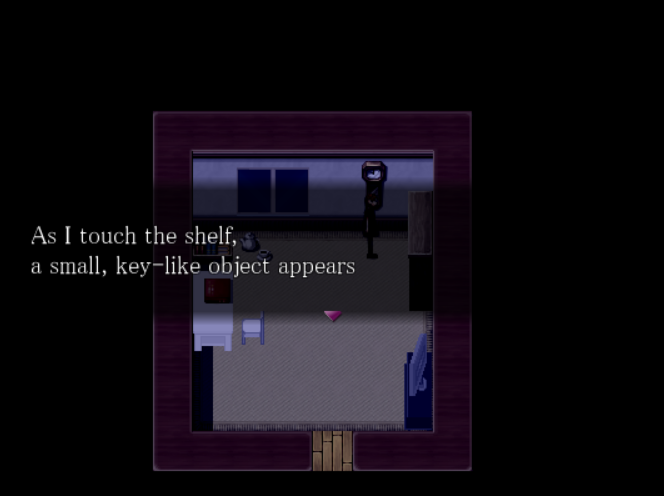
This one, it seems , was incomplete (for some reason) for a full six months before the game ended its development…
Also, for other reasons I couldn’t find (honestly I skimmed the information about Kirisame from the interview, as it was mostly about Angels Of Death, and I don’t know if they were ever specified) , the development of the game suddenly stopped for a year, to give space to the planning of the game that is, by now, Sanada’s phenomenon.
“While I was making” The Forest Of Drizzling Rain “, there was a time when I stopped making it, and I came up with the idea at that time. First, I came up with a situation in which a girl climbs up the building where the murderer awaits, and the story expands from there. “
– Approximate English translation of part of Sanada’s interview for Almost Free Game Magazine
After this sort of “sabbatical year”, Sanada goes back to game development, and inserts the character of Sakuma , since according to the author’s vision, it would have moved the story and made it more complete.
So, probably with much impatience in starting to tell the next story, the development of Kirisame ends.
So on 11 October 2013 the first version of Kirisame Ga Furu Mori is released on the Freem! website.
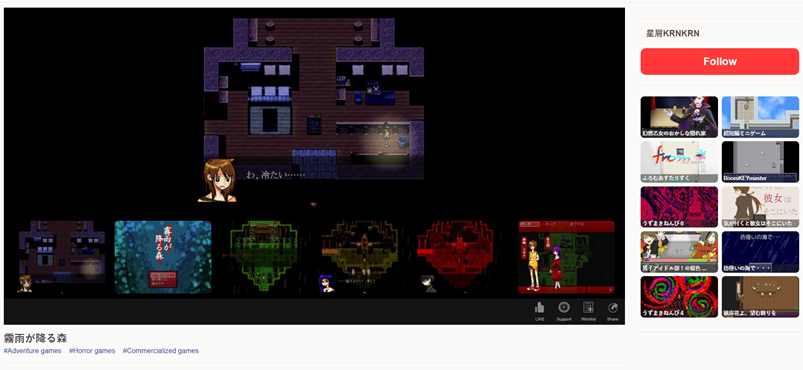
The game quickly gained popularity in Japan, albeit much less in the West… Which is really strange, given that in basically every article in this column we have marked popularity in the West as a big step.
This title, on the other hand, did not have many American, Italian, or whatever players, but …
Ooh, could we have skipped the phase in which I list the various derivative works and merchandise of a popular game, at the beginning of this second season?!
Gaaaaaaasp…
Manga! Novel! Additional book with interviews with Sanada and insights into the game! Various merchandise, including…
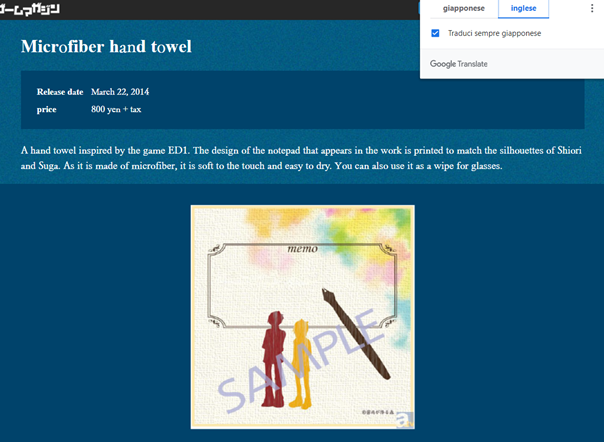
Microfiber cloths…?
And above all, get ready for the biggest treat…

A Drama CD! Yes, those very popular CDs in Japan that are mostly about anime (The first case that comes to mind for me is Haikyuu!!), with also prominent voice actors like Rina Hidaka (voice of Silica in Sword Art Online) as Sakuma or Shintaro Asanuma (Voice of Mitsuru Sasayama in PSYCHO-PASS) as Suga!
So we can say with certainty that Sanada’s debut in the Horror RPG field (I would like to clarify this, since in the field of the creative market in general he had already entered it in 2007, being part of the team of writers for the horror film Exte: Hair Extentions ) was an incredible success in Japan!
… And that seems to have been enough to secure him a place in heaven with his next work.
Yes, for now with the development history I have been quite concise (and calm, compared to the things I discovered about this author that have come up with a nice little speech between me and my sister, but we will talk about it in the Author-Work Relationship and in the article on Angels Of Death).
Makoto Sanada and his titles’s background is quite vast, and can be explored to a large extent. But, I assure you, you will get more information in the last article of this column. Stay Tuned!
For now, though, let’s see what most likely attracted the Japanese audience to this game.

-Good premises… –
We are talking about the generation of the Storytelling focus, so the strong point can only be the storytelling, right?
No.
No really, we had anticipated this somewhat in the Mad Father article, a game that turned out to be one, if not the only title with a linear storyline rich in contents able to tell them properly.
So what sets The Forest of Drizzling Rain apart? It is perhaps the direction , as happened in Corpse Party ? Let’s try to make one thing clear. When in a trade we notice that some things are done well and other times not, we shouldn’t be so sure that we are talking about established workers.
I immediately put my hands forward saying that this title has numerous points where the direction is really excellent , I am referring, for example, to the beginning of the game…

The contents show us very little. We are introduced to a funeral, but it’s the way we meet the protagonist Shiori that matters. A few small talk, we can collide with her pain when she arrives in the kitchen and she tells us that she will have to put away all the preparations she had organized to celebrate her birthday with her newly deceased parents. In this scene we have one of the first parts from the sound department by now we should have understood from Corpse Party that the work on the soundtrack contributes at least 50% to the success of a narrative title or less as much as the plot and the graphics.
Here I would also make a special mention to the long sequence of the museum! The best in the game in my opinion.


So, you must have understood that I am referring particularly to the succession of night scenes , from entering the building and meeting Sakuma until we see Suga on stage for the first time. The rhythms are right, because we will have continuous interludes both to begin to interface with the legend of the Kotori Obake, but above all a really well distributed rhythm from one scene to another.
In fact, the premise of a great adventure seems to be built perfectly in line for reaching a young target, capable of enhancing the environment being explored. Here in particular the choice of music was fundamental, we consider the use of all the percussion that characterized them, almost giving us the impression of being in a jungle and this fits perfectly into the context of the village lost in a thousand mysteries.
However, “the music changes” since Sakuma’s escape occurs a few days later. Suddenly the development of the story runs wildly starting to show us flashback after flashback and the direction gets lost in suspension stalls sometimes too too abstract and with tones that are not very relevant to the rest of the game : Is there any fan of the game who remembers this scene?

No? Well, if the answer is negative I think it’s natural to have it removed from memory , let’s think about it for a moment. For those who remember: I don’t know about you all, but for us it was a sudden blow to the heart to hear about abortions, births and childbirth-themed gore, this is only the culmination of the long dazed phase in which Shiori will end up trapped in the cave.
In general the other suspense and mystery scenes dedicated to the background of the story weren’t bad at all , the problem arose especially when the game added the sub-text on the Kotori Obake. Apparently this overhang in the registers will remain a paradoxical feature of the author also in Angels of Death .
But we will have a whole paragraph to calmly discuss the flaws of the work, here we should focus mainly on its positive points after all.
What I would call the title’s Trump Card is the choice of context . It may seem trivial to your eyes, but we will realize all together, going on with the column, that it is not trivial at all. Many times we choose to produce narrative titles nowadays knowing little or nothing of the environments within which the characters will move, so the idea of giving so much space to a particular village is excellent and would have offered many ideas of everyday life as well as ideas to develop a very bad background behind the main plot, unfortunately the opportunity was wasted.
We consider this choice as a return to the origins of the stories of Japanese animated works (including those belonging to the horror genre), a move that is almost always extremely effective. The title moves almost hand in hand with Mermaid Swamp (and the idea of making the protagonists lose in a remote place while on vacation …) as regards the choice of subjects: tradition seems to be the watchword.
After all, The forest of Drizzling Rain itself is a truly classic title in its essence, and is certainly a feature that sets it apart from other Horror RPG titles. This familiarity with which the players (and especially the spectators) have been able to collide has allowed us to leverage the rather characteristic characters and to whom we become attached with ease , we could not avoid making a mention to the boys.
It was certainly a really appreciated choice to enlarge the cast to at least four members, because the idea of including the girl and the policeman in addition to the two main characters contributed to the illusion of being following a complex plot, their presence turned out to be a great idea to fill in the absence of an entire village .

Maybe at this precise point this may be just a narrative expedient, but it was a very useful scene to avoid fossilizing on the sequence of flashbacks that will be shown to us shortly. Other points in which these characters have played an important role were above all in the beginning (filled with all the excellent premises we have discussed) and at the end (in which they become very useful to calmly close the narrative circle that opens on the past by Shiori and Suga).

(Here is one of the flashbacks with which we interface after
–Hey, but those are the same sprites as in Blank Dream!)
This is another point in favor of the subject that has been chosen .
Another point about directing that I mention is this: so many times when we hear about this game many people remember some of the scenes they saw, as well as the characters. This is a very positive clue regarding the attention of the players, especially if we compare it with the degree of reception of Corpse Party. In conclusion, if I could I would insert the entire first act in the Trump Card only for the premises it promises, because I would feel really guilty to decree only that choice in the game as a “winning” feature. But the second half of this title is unfortunately part of the game and these unfortunate choices on development and direction will be debated.

Ah, how do you say? You see it slightly shattered? Nah, maybe you are wrong.
You have no idea how alienated I feel to speak in this sphere of professionalism thermometer, as far as Makoto Sanada is concerned at least.
As you can see it is more than half. Why are we giving such a strange judgment?
Let us remind ourselves and also for those who do not remember the criteria well: in this context we pass an eye on everything, from the title itself to the external operations that have been carried out in this regard.
Let’s be clear:
PACKAGING
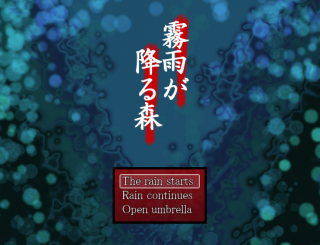 For this time we neglect the title, it was certainly appreciated by many the idea of putting the items on a theme instead of the normal “start, continue and close”, yes. One of the few interesting things I would notice is how the game title is highlighted.
For this time we neglect the title, it was certainly appreciated by many the idea of putting the items on a theme instead of the normal “start, continue and close”, yes. One of the few interesting things I would notice is how the game title is highlighted.
Going into more detail …

Let’s start by highlighting the obvious default resources that have been used. Would the skills of a person who has studied theater seem to be put to good use in this way ? Yes, Makoto studied the art of theater and staging. Yet the graphics sector for maps is reduced to the bone for a narrative title of this type and above all to be by a person who seems to have all the creative awareness to be able to produce better. With this I am assuming that the scenarios do not have been designed according to a reasoned and precise artistic direction .
Now, let’s take a look at the menu.

It is very simple, almost minimal. It was an excellent idea to put the image of the characters who accompany us, even if the dirty lines of the drawing are very evident, what matters is how they have an excellent concept, Sanada’s style has always been really recognizable after all, certainly a point that has come in handy for Angels of Death. But doesn’t it seem to you that something is wrong?
The ideas seem perfect and yet everything continues to appear to me as if it were a great draft, either for the mapping, or for the drawing strokes; it is certainly not the kind of quality that I would expect after the manga that was distributed so much was presented with these kinds of artworks!
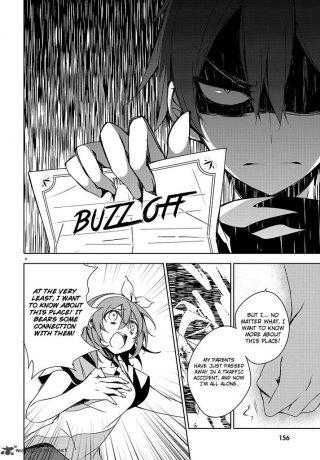
I don’t think I’m talking about a trivial operation, after all, both sen and Fummy had two really solid games behind them in the graphic composition from which they were then supported by derivative works, we can also mention the last game discussed in the column, Mogeko Castle, a game in which a lot of heart had been put into customizing tilesets and interfaces. Keep this in mind for the future, as it will be a theme that we will pick up on.
Go, Ele.
Author-Work Relationship – battered, but not like you think
The title of this paragraph will seem strange to some of you.
“Battered? But how? Makoto has allowed a lot of adaptations! ”
In fact, I wrote “but not like you think”!
The game, from a commercial point of view, has not been totally thrown away in favor of Sanada’s most acclaimed work. Kirisame , in fact, in 2018 (two years after the release of Angels Of Death) had a release for mobile devices, along with little additional things that demonstrate a minimum of persistent commercial attention to the game .


Official stickers for the “LINE” messaging app, very popular in Japan.
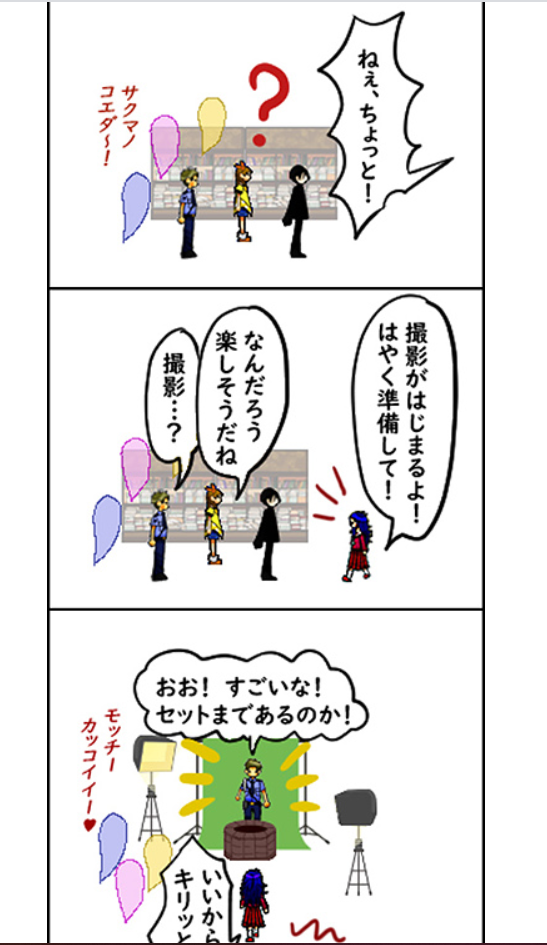
Skits that seem to be called “Dot Theater”
Those who know Japanese and want to further enlighten us on this operation, you can click the link.
Okay, okay, sorry, I’m PaoGun again. Before I re-pass a the word to Ele I would like to point out something.
You will notice how in the next section I often defend the linearity of the narrative development. This is something I wouldn’t normally do, especially with these types of authors (getting to know him better during our research made us reevaluate him worse than we thought before, believe us) but you have to admit he knew what he was doing, it should surprise us given the production context it comes from . You could see this from the “Product History” when Ele he mentioned Sanada’s collaboration in writing a film, here you can make a difference with Makoto Kedouin from Corpse Party. If you remember the article, otherwise we tell you here for the new readers of the Archives, we talked about how the very first version of the game was derived from a contest, a contest in which an independent author, among the his daily commitments, found himself wanting to produce a title that would then make way for an entire genre of video games (the next article will abound with the theme centered on “randomly picked” authors). We will notice this together when we talk about the defects of this work, but The Forest of Drizzling Rain never suffers from too strange jolts of the narrative development , as it did in CORPSE-PARTY. But it suffers from other kinds of flaws that mainly concern the construction of the subtexts, as mentioned before, and the haste in the second part of the story. In “Product History” we said that production had stopped. Why does the recovery seem to have been so painful?
-To you, sis.
-Thank yoou, Pa!
So why doesn’t this paragraph end here?
Simply because I would like to talk not only about what is done on the author’s blogs / social networks to understand how the game is treated by him.
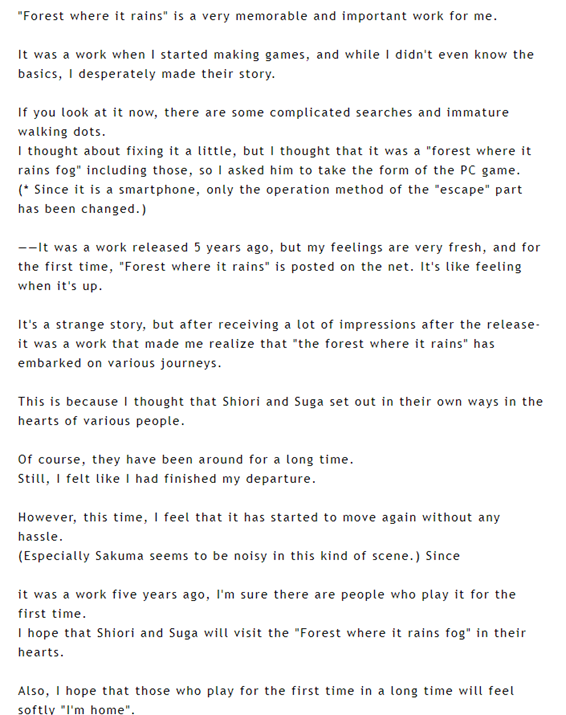
… Simply because it would be summarized in fairly generic sentences: you never forget the first title you develop, this is perfectly intuitive.
But to largely criticize Sanada’s haste in starting Angels Of Death for a product that, as PaoGun said in the Trump Card, really had good premises.
I take the liberty of saying this because of the hasty way in which the story was developed to get to the endings.
After seeing that really slow start, where one could foresee and could also expect , indeed, a story developed with the right timing…
… We have this?
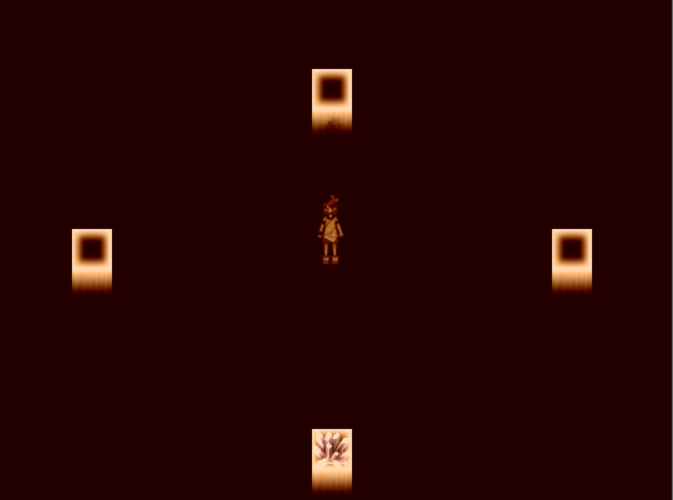
A hasty and incomprehensible way to show what connects the two protagonists?
I really believe that if Makoto hadn’t been in any haste to finish this game as soon as possible, to develop a new one that intrigued him more… Well, more background would have been explained (because, as will be said in the Work Defects, there was really so much to explain if you wanted to and no, secondary works such as manga and novels do not count as explanations of the background), the plot would not have stopped in this way to explain the flashbacks and get to the end… In short, would have avoided so many flaws.
So, also considering the development background, according to which Sanada when he was doing the final parts (and I think this one too) already had the prototype of Angels Of Death on his mind… I can say that the the relationship he had with this product during its creation is a feeling, I suppose, of sufficiency.
Yes, it is really sad to end this paragraph like this, but… Well, we have to introduce you in some way to our almost perennial mood during our second meeting with this author, and end of this long journey.
So Sanada … See you in 2016, where we will know if your rush for this game has led to something good in the work you have been waiting for so long to make.
(Spoiler : no)
work defects
Here we are together again folks. Now let’s try to resume together the discussion we started in the Trump Card.
So let’s go back to this point in the story for a moment.
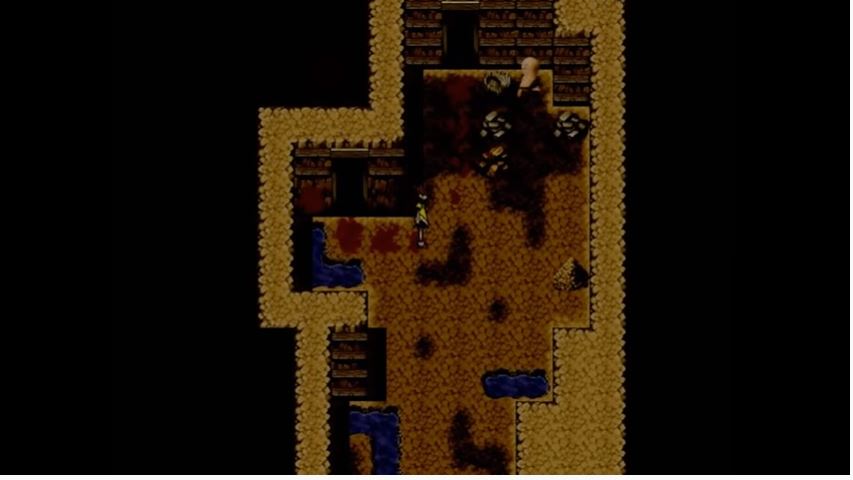

Yes. Yes, that’s right, the one where Shiori is attracted to Kotori Obake in her lair, let’s talk for a moment.
After having recently confirmed that she was a resident of the village and the “museum” was her home the next morning we learn that Sakuma has escaped, everything allows the player to infiltrate the forbidden forest where a few minutes before she was just been told not to enter for any reason.
So let’s go, after a long introduction let’s dive into the enemy’s lair and suddenly discover the whole splatter side of the game…


Yeaah, YEAAAAHHHH! Blood, abuse, death, an extremely creepy room with background that doesn’t seem too good for a target group of kids, okay, okay, please let’s reconcile for a moment: sorry, but what the heck does it have anything to do with the story of Suga and Shiori?
Okay, as children they had to deal with the promise they made to this woman, to this spirit. So what? Where would you like to go with this, Sanada?
Can you explain to me why the heck Shiori is attracted to this cave that talks to her about childbirth and child abuse? Yes, I understood that as a child you made a promise but why insist so much on this point? Would you like to give some hints about her age and that somehow it will have to do with the issue of becoming a “young mother”? Because among other things it seemed to me to understand that the theme of the Kotori Obake was this, or am I wrong?
We have been in contact throughout the game with what appeared to be an adventure and mister titleor to finally find ourselves divided by two different patterns. On the one hand there is the main plot, the one on the two protagonists, which follows a certain direction and on the other hand the story of the antagonist goes somewhere else. Among other things it does not seem to me that in the course of the game the social identity and nature of the village has never been sufficiently deepened – if not obviously from the negative and violent point of view that explains the birth of the evil spirit but this is not enough, especially if we consider that the family of the two positive characters had to do with all this -, the story of the Kotori Obake is first presented to you as a popular legend among colored books, or as a fairy tale, choose the definition you like best. It is presented as a fairy tale ( very gory ) which then turns out to be real, period. It ends there.
In the flashbacks we are given only a few clues about the character of the kids and then it’s explained why Shiori had lost her memory, that’s all, and it is done with a disarming speed. Before you could see that I underlined the adjective “very gory” story simply because this “fairy tale” goes totally out and clashed with the general tones of the game and above all the protagonists do not seem to develop any kind of reaction towards the story.
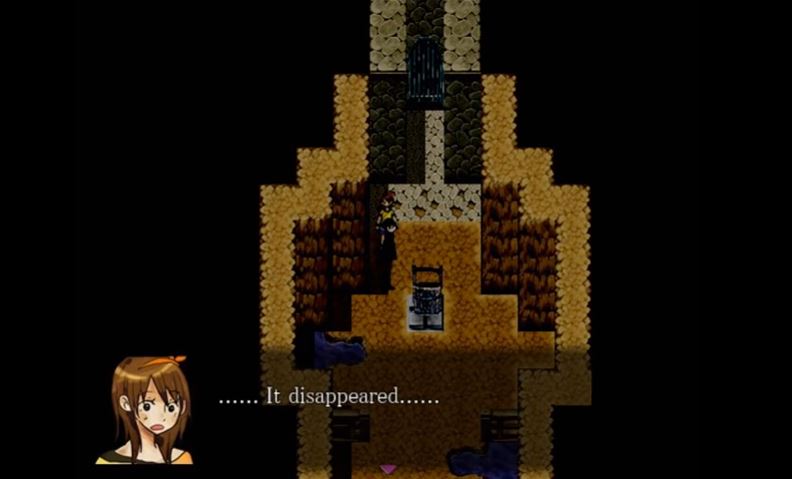
“Oh wow, we defeated it.”
“Oh yes.”
“Shall we go for tea?”
“Okay”
What exactly should this experience have left them?
To be honest, the author was very clever because when he wrote these two stories he was very careful not to make them intertwine. They really seem like two different plots that almost coincidentally at some point crossed, in fact, although I find some really strange and “wtf” (to use a youthful language like Ele would do) points but…I can’t be totally angry with this title is really homogeneous and honest in its intentions , in its simplicity has found its fortune generating a story that is all in all quite coherent and linear, there aren’t too big plot holes in the overall storyline because he just treated it with a lot of secrecy.
Surely among the fans there will be someone who could tell me: “Ah! In reality, there is a close proximity because… Both parents died in a car accident so… As soon as they died, the dangerous mother figure takes over!”
Or: “No, actually Suga’s insecurity is closely linked to the children who were trapped by the evil spirit, because it is highlighted that he too has lost his mother…! And so this story is about his inner growth, this can be seen from… “
This is absolutely invisible, I will spare you the effort. There is no such thing that is dealt with in a sufficiently clear manner, not even in the scenes where Suga is seen killing children in the final acts. This whole complex subtext about motherhood is totally disconnected from the main storyline. So, I state that I also did my homework before writing this article trying to refer to external sources: I tried to brush up on the subject of Japanese spirits (the Yōkai) and what I have understood is that certainly in their variety of forms there are really many cases that depend not only on the single symbols attributed to them in their legends ( and so it was a responsibility of the game to try to associate a thematic defined to the story ) but which are nonetheless metaphors to express human feelings, so this weighs even more on the emotional power of the staging which should have enhanced such a plot.
You see? With these types of titles people struggle to associate symbology with plot, not in Ao Oni . Yeah, take it as an excuse to refer to the article.
Let’s go back to Sanada for a moment. If I am so bitter towards him it is because here, in The Forest of Drizzling Rain at least the predominant register is saved ( because there is a predominant register in the story, enhanced by a really good direction , I want to remember this ) which helps us in the immersion of the main plot. However… It’s here, in The Forest of Drizzling Rain.
Angels of Death doesn’t have this, because not only it included totally confusing themes, not very relevant to the title and harmful to the perception that we have on the characters but the latter have also affected the main plot by totally changing the cards and thus creating a great mess. Ed Angels of Death has been much more acclaimed and distributed as a work, creating new illusions in young authors approaching the RPG Maker tool . But we will talk about this in due course.
Okay, we’re ready to drive off guys. This may have seemed like a short and fleeting passage, but you know that we have begun to take the first step towards a truly complex world, and this is paradoxical for a title that has made classicism and tradition its strong point. As you have already understood for some time we will return to Sanada and the works he produces, this was only a prologue: the beginning of the end.
You remember the first article on Corpse Party , right? And well, we reference it everywhere now. Here I make a reference to try to make you keep in mind how in the article that for us represented the beginning of everything we focused more on the nature of the two games rather than on their production context even though we had started talking about them. The heart were the games themselves .
And this is because perhaps you will notice the difference with this article. Surely you will have found the external researches concerning the product richer in ideas than the internal analysis, you will have to get used to this to understand all the mechanism that is starting to build around and in this the next article that will end on the Back To The Future will be fundamental , it will be such a long and complex article for things that we will have to say that in these last few days we have decided to divide it into two parts . Two main characters with opposite characters, double temperaments of all the other characters , double register with which the themes are faced and the strange sub-texts that the story proposes, two authors and of double nature is the production story of one of the more articulated and profound titles in the entire history of Horror RPGs. We are talking about Cloé’s Requiem, the double-sided game.


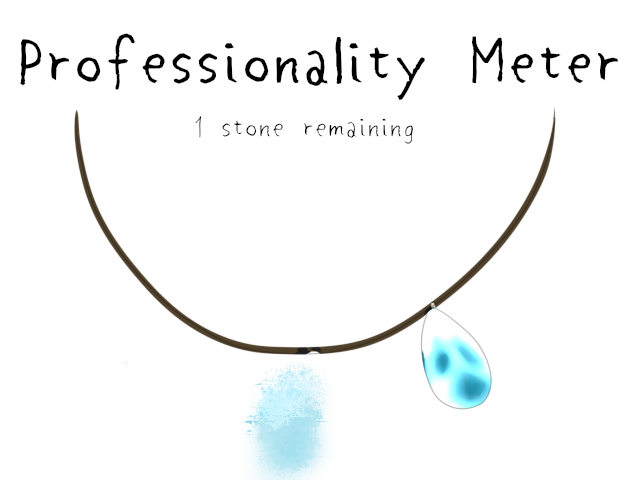
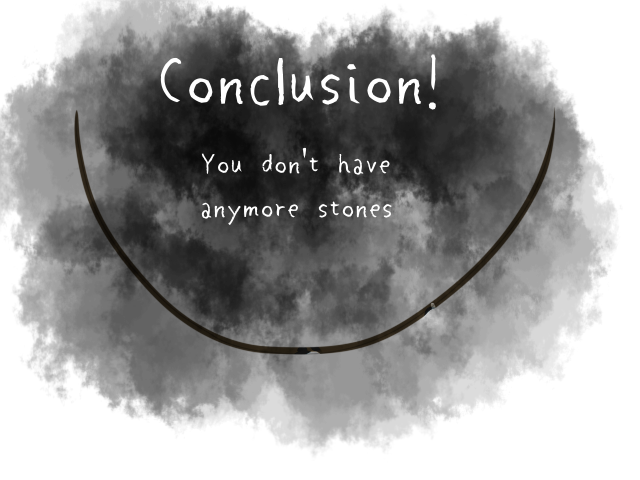
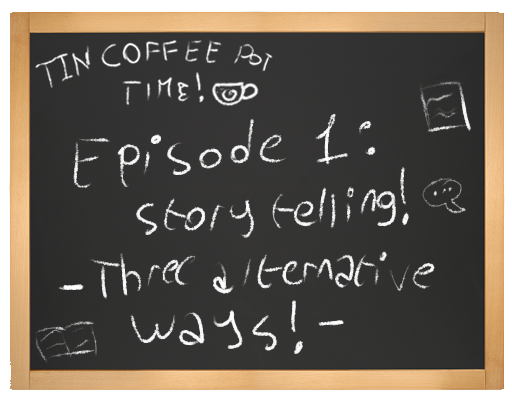













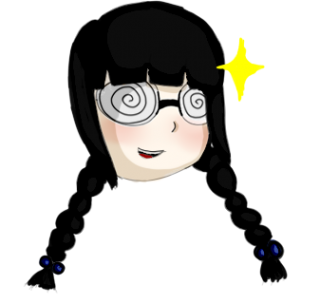

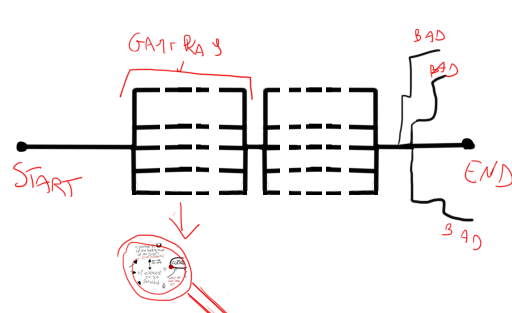





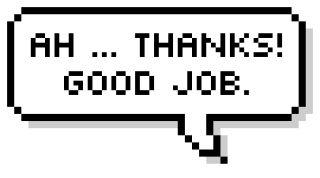

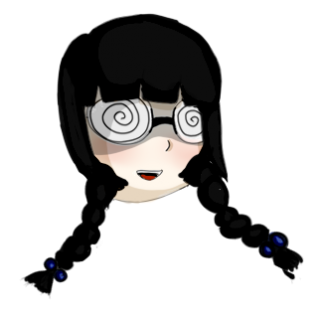

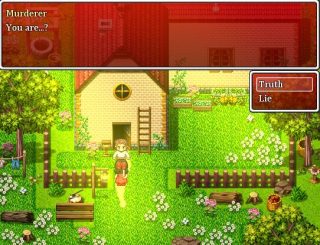

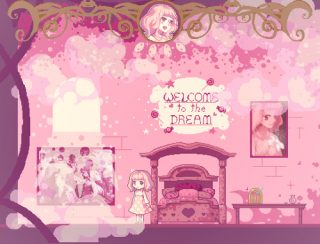

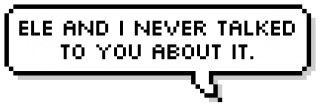

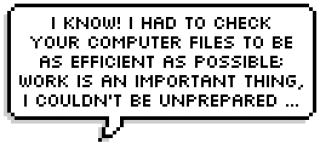


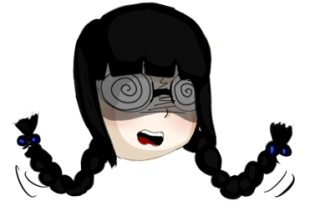

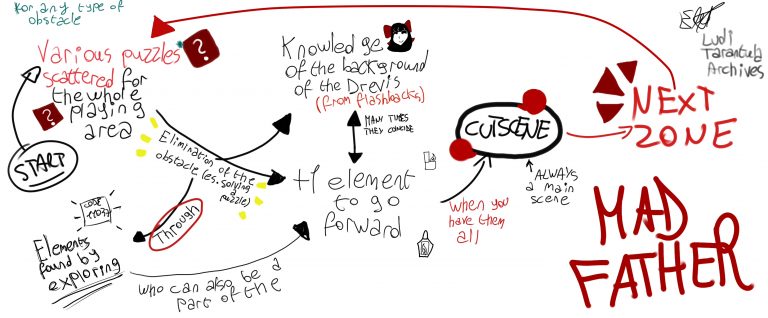













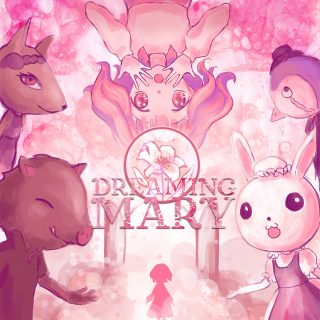








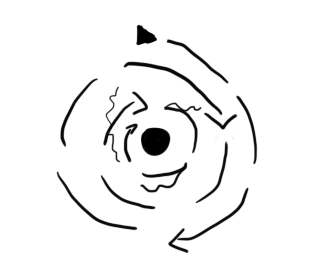
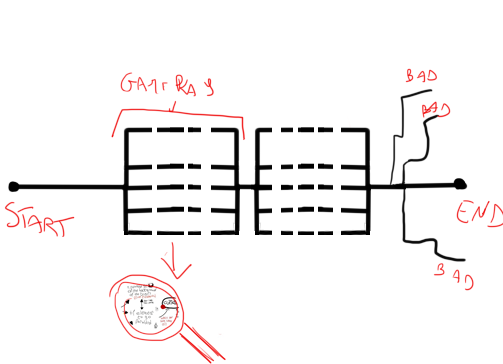
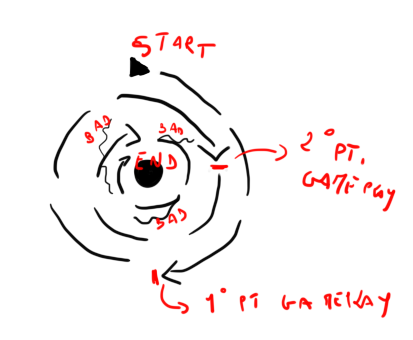

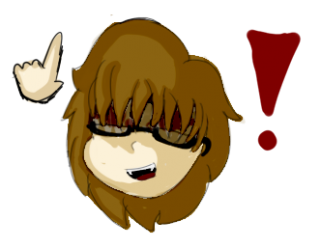







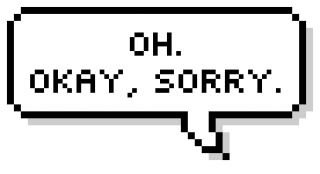













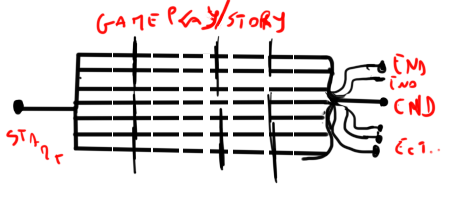
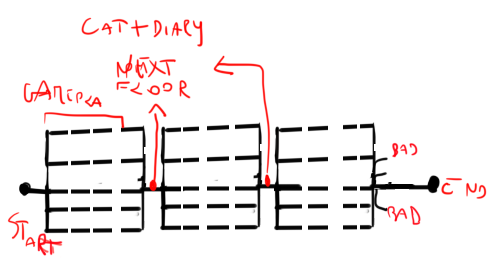



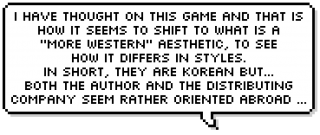



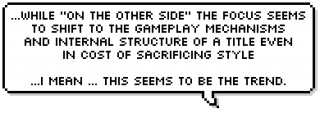











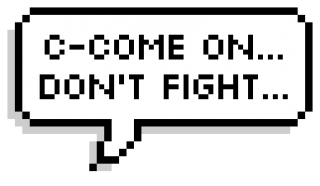


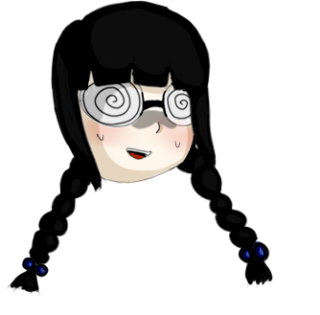
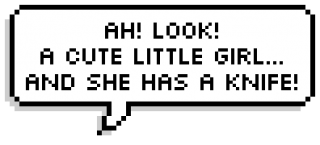

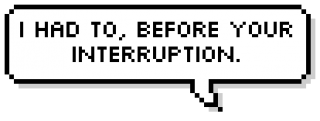

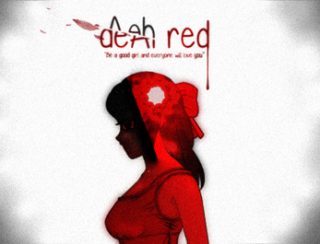
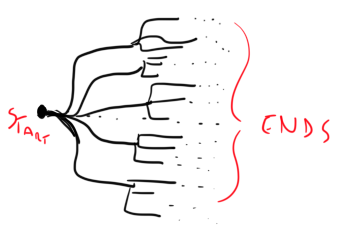




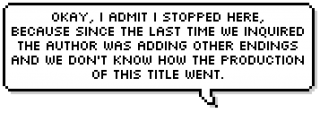











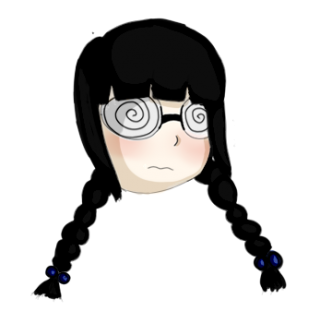



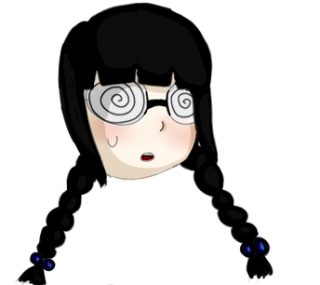









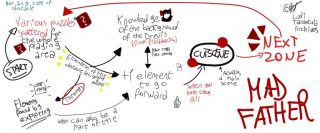

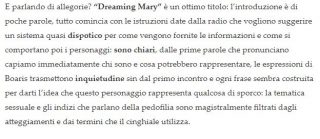

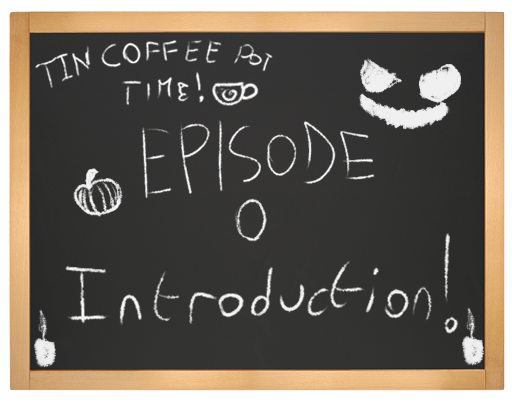

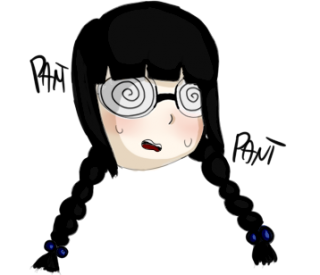
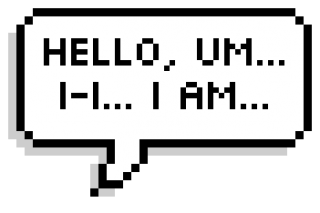




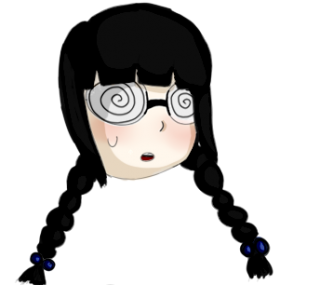





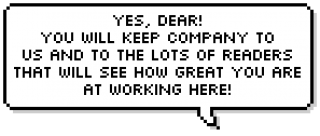








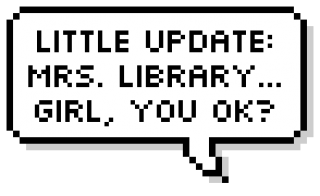





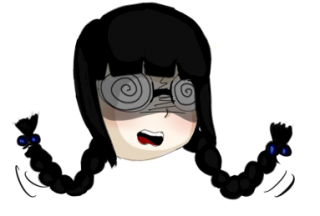
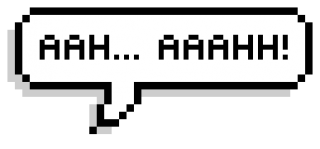




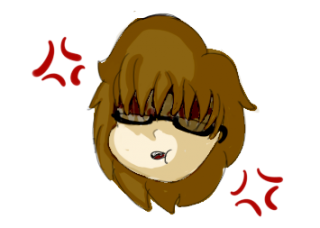

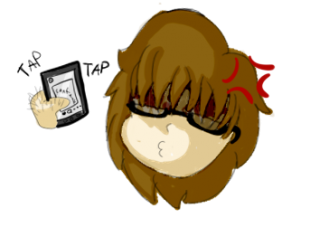









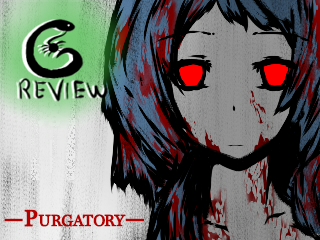

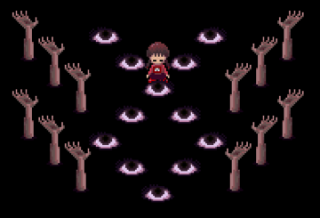

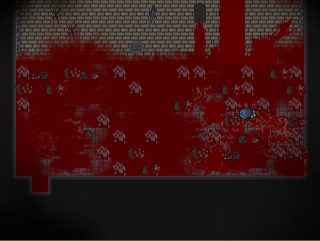
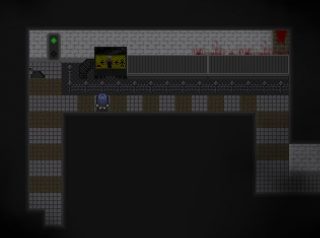

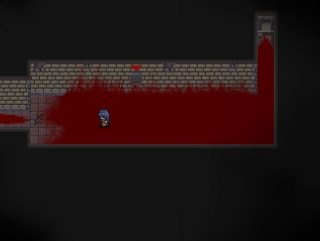

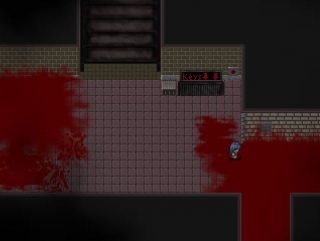
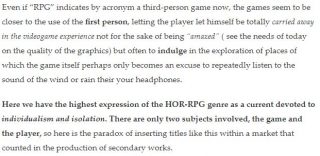
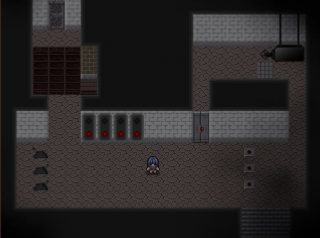
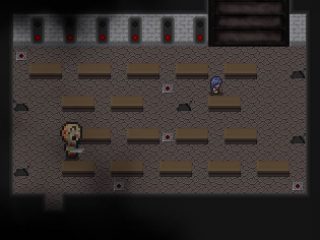
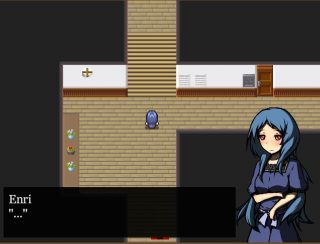
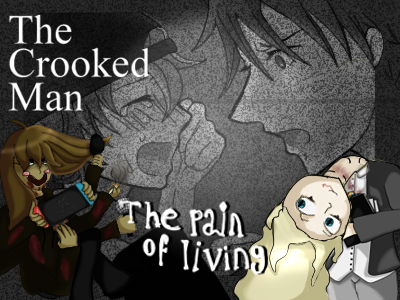




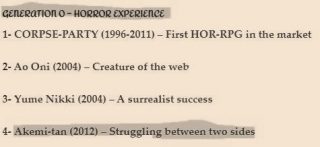

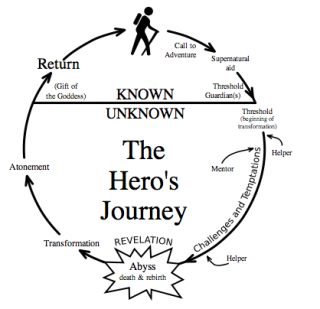
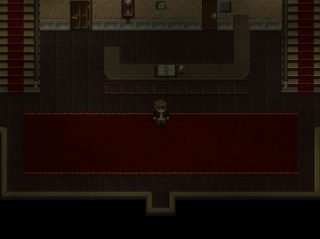
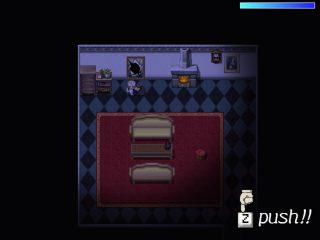
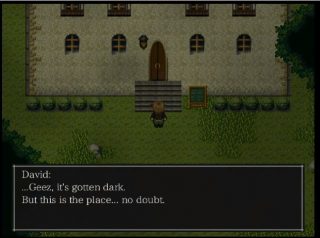
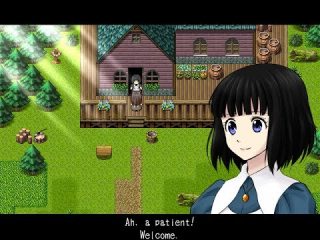
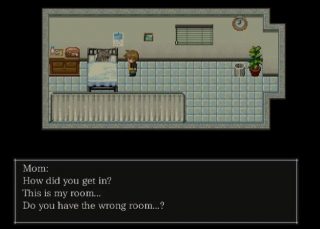
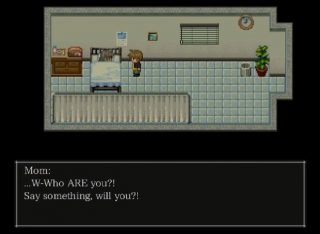
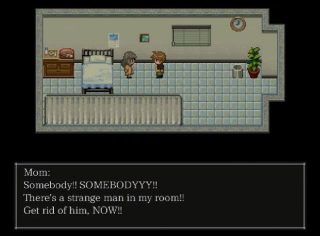
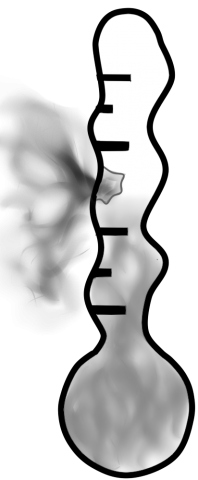
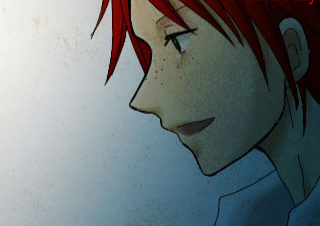 The title screen is in black and white with the monster on the side, it looks almost merged with the black background.
The title screen is in black and white with the monster on the side, it looks almost merged with the black background.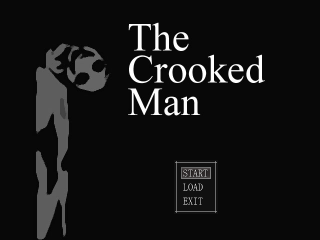
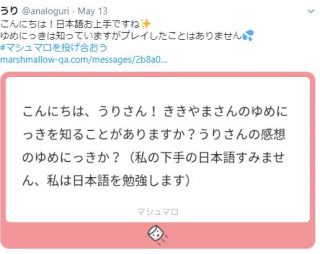


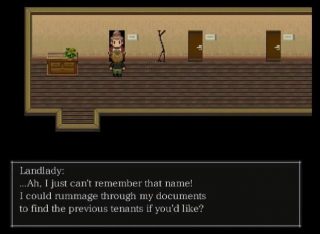
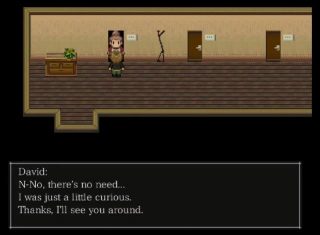



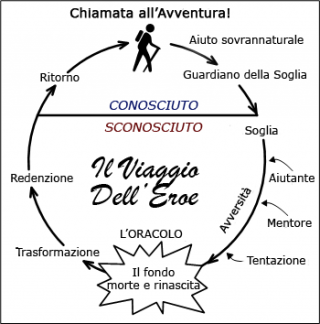
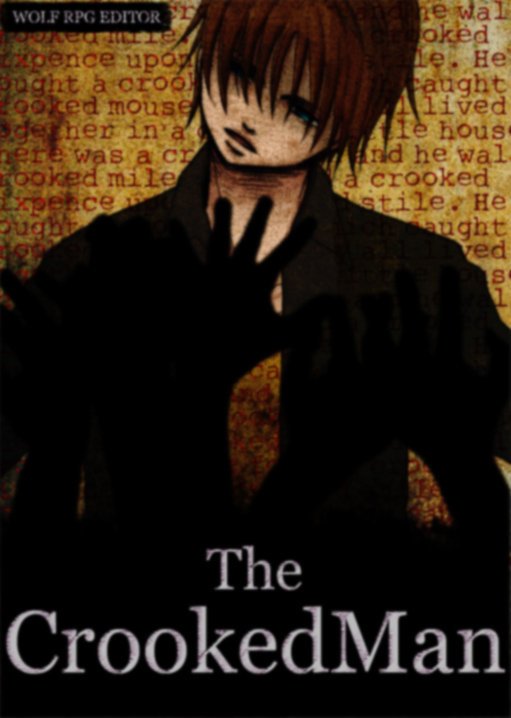
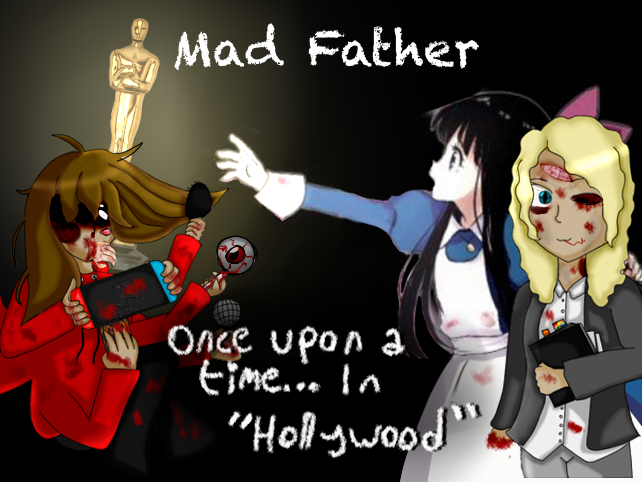
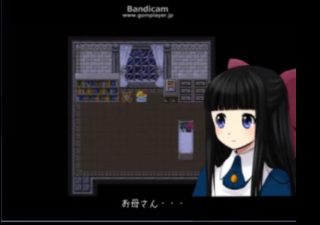
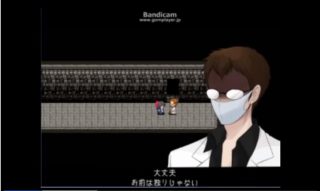

 Aside from my (Ele) not exact understanding of the third point… The rest may seem normal, can’t it? Graphic improvements, better playability, relocated gems…
Aside from my (Ele) not exact understanding of the third point… The rest may seem normal, can’t it? Graphic improvements, better playability, relocated gems…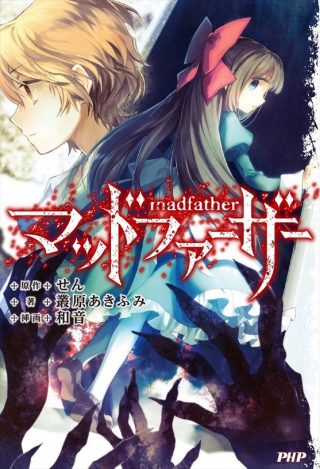




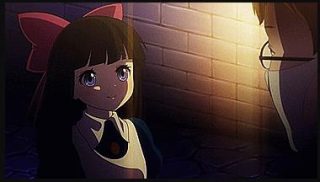
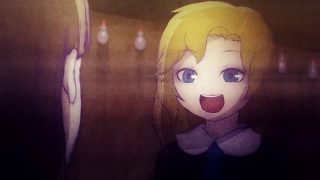
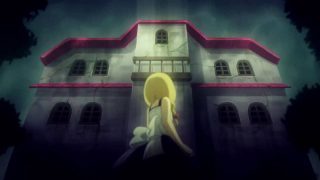



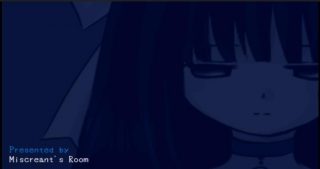
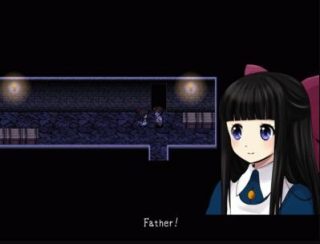
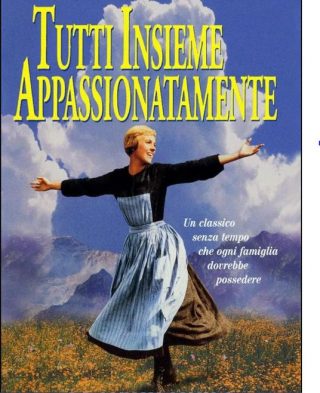
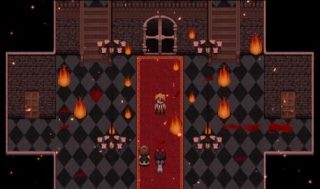
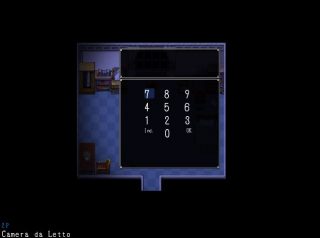
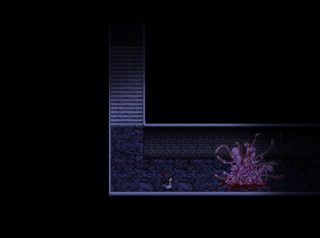
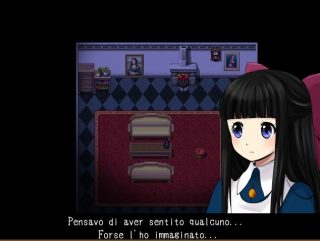
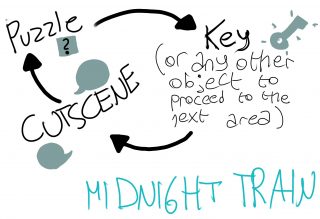
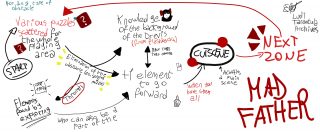

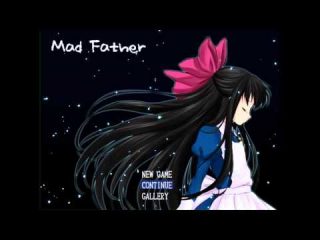


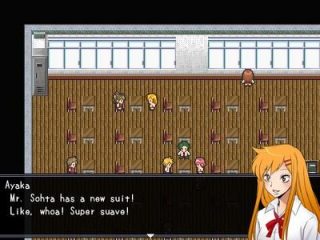
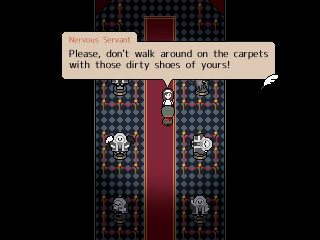
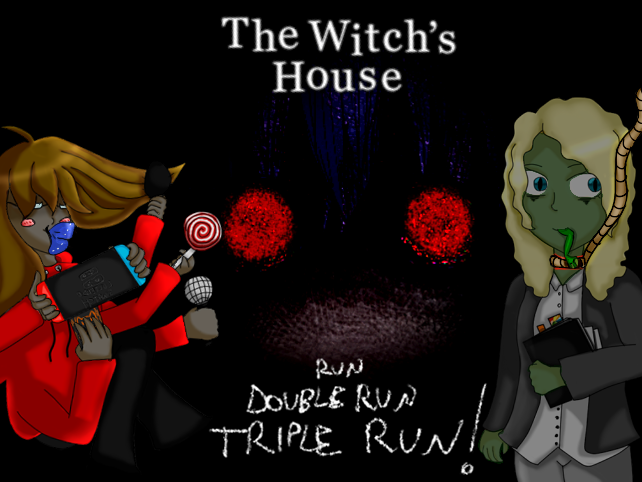

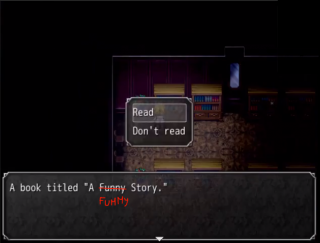

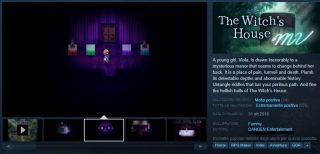

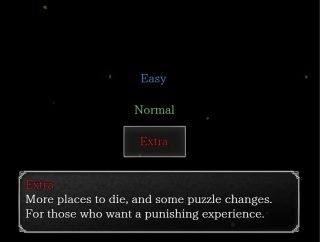

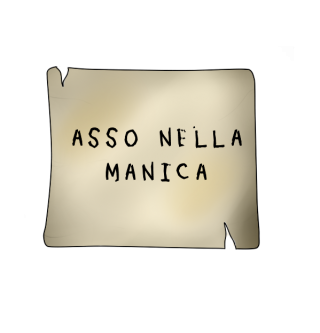 Or dunque, ci troviamo di fronte ad un vero maestro che ha saputo riunire insieme due elementi fondamentali per un’opera (videoludica) di qualità: conciliazione tra gameplay e narrazione.
Or dunque, ci troviamo di fronte ad un vero maestro che ha saputo riunire insieme due elementi fondamentali per un’opera (videoludica) di qualità: conciliazione tra gameplay e narrazione.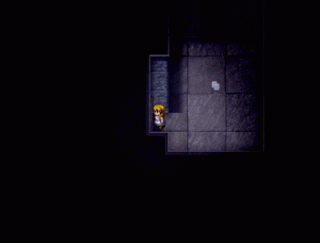
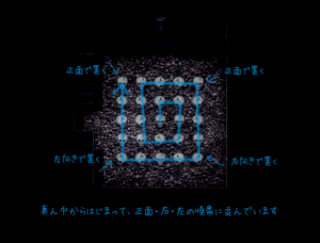

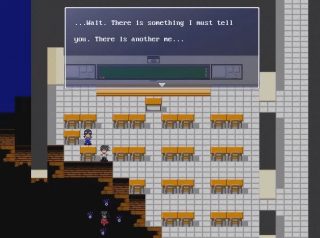
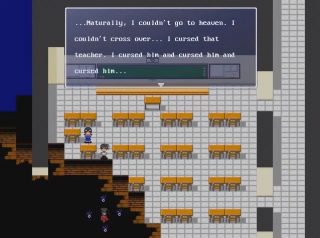
 “Il mio odio è continuato a crescere, finchè non ho sentito qualcosa levarsi da me…”
“Il mio odio è continuato a crescere, finchè non ho sentito qualcosa levarsi da me…”
 “Ero malata, quindi nessuno giocava con me”
“Ero malata, quindi nessuno giocava con me”
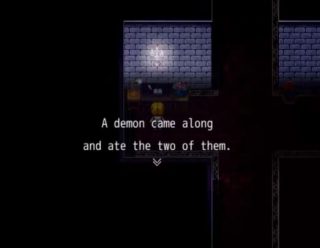
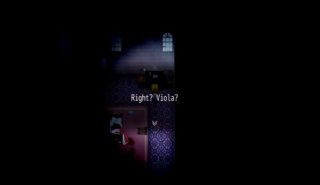



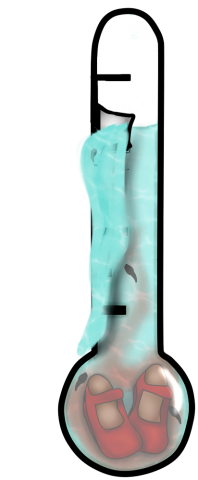 Beh gente, che dire. Il termometro qui è abbastanza alto.
Beh gente, che dire. Il termometro qui è abbastanza alto. Questo è sicuramente un title-screen molto insolito: eccoci davanti soltanto ad una distesa di colori.
Questo è sicuramente un title-screen molto insolito: eccoci davanti soltanto ad una distesa di colori.